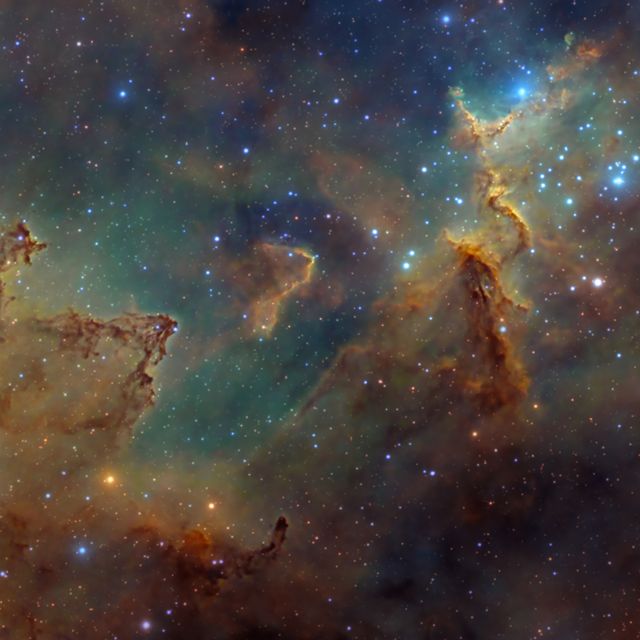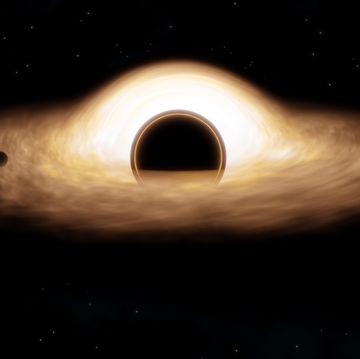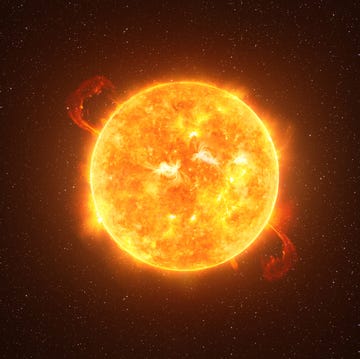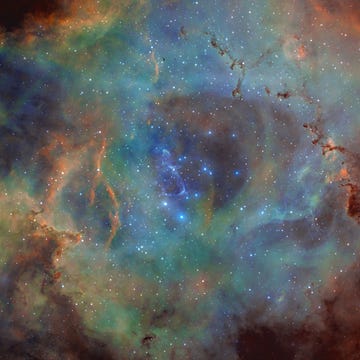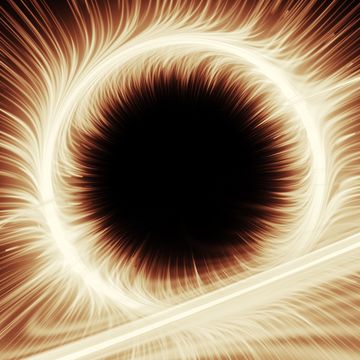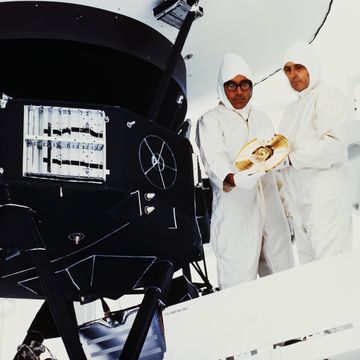- For at least two decades, astronomers have mostly agreed that the universe is around 13.7 billion years old.
- But the ages of super-old stars and the masses of early galaxies provide compelling evidence that the estimate could be off.
- A new study from the University of Ottawa uses a theory of “tired” light and coupling constants to calculate a new age of the universe—26.7 billion years.
It’s hard to even fathom the immensity of 13.7 billion years. If the entire history of the universe were stretched out into a cosmic calendar—with the Big Bang being the greatest New Years’ fireworks display to ever exist—then the Earth doesn’t even join the party until mid-September. Oh, and the entirety of recorded human history only happens in the last 10 seconds on December 31.
Scientists calculate the age of the universe by observing light emanating from stars born only a couple hundred million years after the Big Bang. Because the universe is also expanding, it stretches that primeval light, which scientists call “redshift.” Calculating both observable distance and universal expansion implies a universal age of 13.7 billion years.
But what if the universe was actually even older than scientists believed? Well, it turns out that it might be much older. A new study by scientists at the University of Ottawa suggests that the universe is actually twice as old as we previously thought, at around 26.7 billion years old. Rajendra Gupta, adjunct professor of physics at the University of Ottawa, bring into the calculus a 1929 theory from Swiss astronomer Fritz Zwicky. The theory claims that photons get “tired” as they travel across vast distances, and lose energy over the course of billions of years.
While this conflicts with observable redshift data, Gupta says that “by allowing this theory to coexist with the expanding universe, it becomes possible to reinterpret the redshift as a hybrid phenomenon, rather than purely due to expansion,” in a press release. His results were published earlier this month in the journal Monthly Notices of the Royal Astronomical Society.
Increasing the universe’s age could help explain some long-standing cosmological quandaries, as well as some new ones discovered by NASA’s James Webb Space Telescope (JWST). One of the oldest stars known to science, fittingly named Methuselah is, by some estimates, somehow older than the known universe. Obviously, that is impossible, though margins of error could place it before the Big Bang. And Methuselah isn’t the only cosmological anomaly. New JWST data also revealed at least six galaxies way too massive for how early they formed in the Universe’s past.
These anomalies could suggest that errors were made in the calculations of these objects’ masses or ages. Or, it could mean that the universe is simply older than we think. To arrive at 26.7 billion years, Gupta combines the “tired” light theory with the idea of evolving “coupling constants.” This concept was originally proposed by theoretical physicist Paul Dirac, and suggests that interactions between particles might have varied over time.
This wouldn’t be the first time that scientists have revised the universe’s age—in the 1920s, Edwin Hubble thought the universe was only 2 billion years old. But our calculations have only gotten better over time, and doubling the universe’s age is quite the leap.
So, only time will tell if astronomers revise the universe’s age based on Gupta’s work. But whether humanity’s recorded story represents only 10 seconds or 5 seconds, the fact remains—the universe is an old and amazing place.
Darren lives in Portland, has a cat, and writes/edits about sci-fi and how our world works. You can find his previous stuff at Gizmodo and Paste if you look hard enough.
